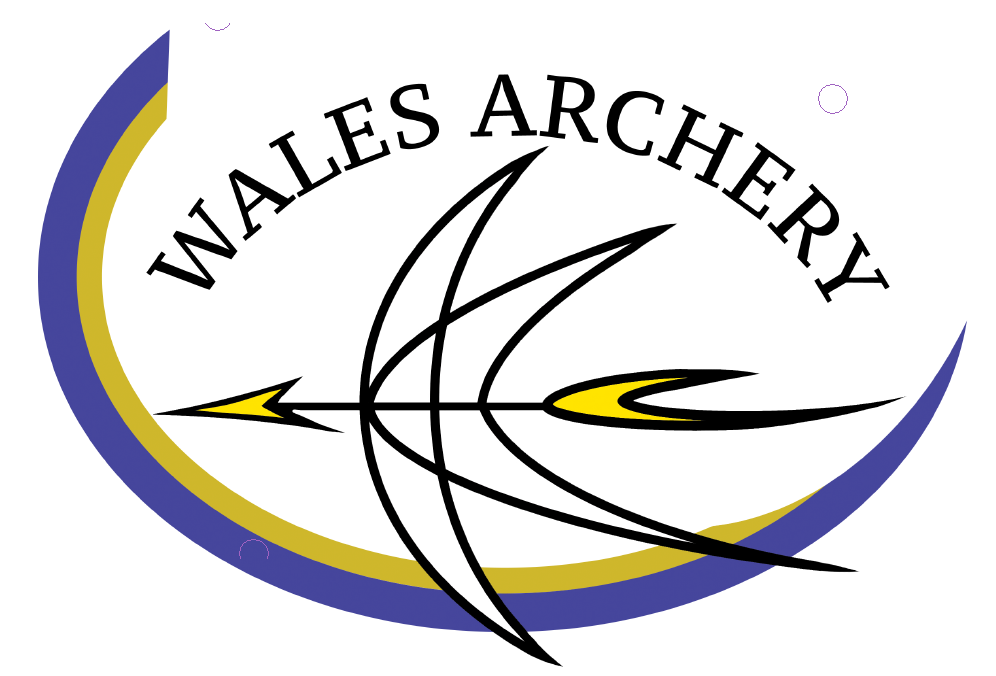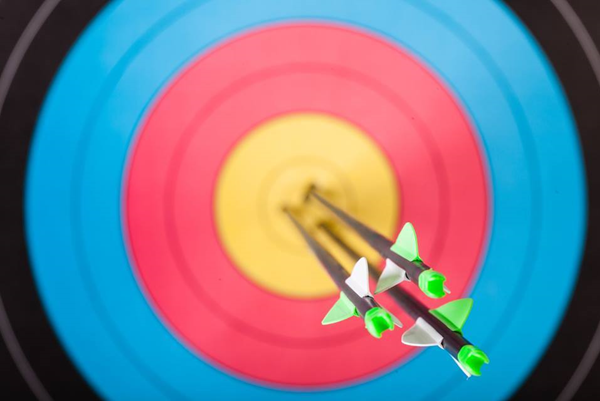Improve Your Scores With The Correct Arrow Spine
In this article we will be covering the importance of selecting the correct arrow spine, what the differences are between parallel, tapered and barrelled arrow shafts.
Correct Arrow Spine
One of the most important pieces of equipment to get right is your arrows, after all that is what is scoring you the points. When the arrow leaves your string the arrow begins its cycle, what should happen if the correct spine is chosen is that the arrow will flex around the bow then back in towards the riser straightening up without any contact, resulting in an arrow that has clean flight and is forgiving to shoot. If you shoot a bare shaft and the spine is correct it will enter the target straight.

Weak Arrow Spine
If an arrow is too weak on the return the back end will flex in towards the riser causing contact, this then in turn causes the arrow to miss cycle. A weak arrow can enter the target at various different angles as the arrow is flexing all the way to the target, the problem with this is that it is almost impossible to get the same result every time making the grouping seem random. If you shoot a bare shaft the arrow for a right handed archer will be pointing right with the back end of the arrow out to the left.

Stiff Arrow Spine
When the arrow is too stiff it won’t flex as much if not at all, this makes the arrow very critical to shoot and any indifferences in the release will be very punishing. If you shoot a bare shaft the arrow for a right handed archer will point to the left with the back end of the arrow out to the right.

Parallel Shaft
Parallel shafts are the most commonly used for beginners because they are inexpensive to make resulting in a good quality affordable shaft. Parallel shafts have more mass at the front and rear than other tapered or barrelled shafts, this means that they have more inertia at the ends particularly the rear causing the arrow to flex more potentially decreasing clearance for finger shooting.
Tapered Shafts
A tapered shaft is thinner at the back of the shaft resulting in reduced drag and a greater front of centre, resulting in a more forgiving release. A by-product of the tapering is a reduction in arrow weight which in turn increases speed.
Barrelled Shafts
As good as a tapered shaft is for finger shooting, the barrelled shaft offer even greater advantages. Not only do you get all of the advantages from a tapered shaft but also by shifting the shaft balance forward front of centre is improved, which allows for improved wind performance from the arrow shaft.


